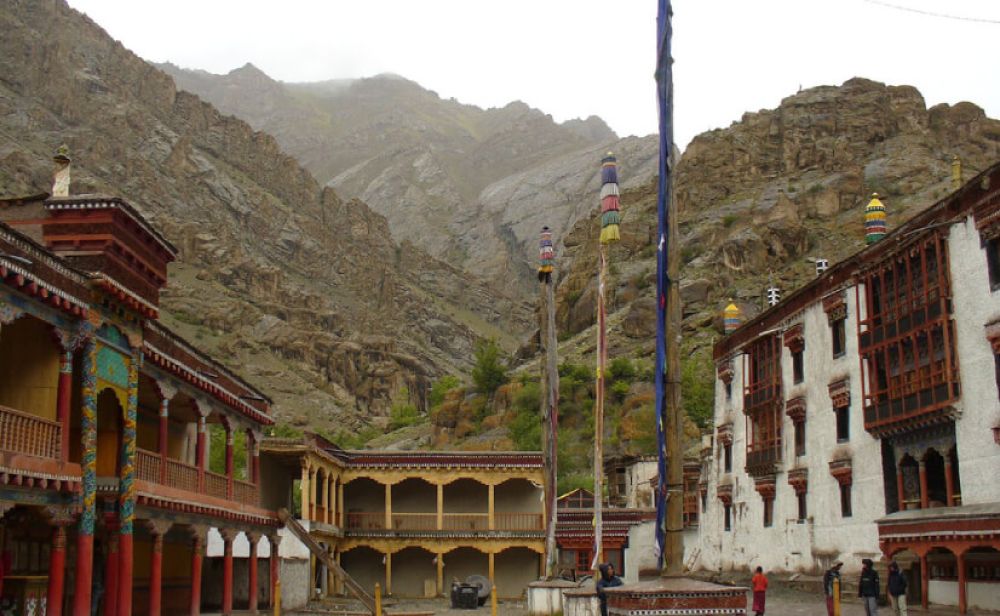

The remote and enchanting region of Hemis, located in the Ladakh territory of India, has long been a destination for those seeking spiritual enrichment, adventure, and an encounter with an ancient culture relatively untouched by the modern world.
The earliest recorded visits to Hemis were by Buddhist pilgrims who traveled to the region seeking spiritual knowledge and enlightenment. However, it wasn't until the establishment of the Hemis Monastery in the 17th century that Hemis began to gain wider recognition. This monastery, which is the largest in Ladakh and belongs to the Drukpa lineage, attracted Buddhist scholars and practitioners, making Hemis a focal point for spiritual tourism.
With the rise of mountaineering and trekking in the 19th and 20th centuries, adventurous explorers began to include Ladakh, and Hemis in particular, on their list of challenging destinations. The stark beauty of the Himalayas, the challenging terrain, and the unique culture of the region offered experiences that could not be found elsewhere.
The Indian government, recognizing the tourism potential of Ladakh, began efforts to promote the region in the latter part of the 20th century. Infrastructure improvements and organized cultural festivals, particularly the famous Hemis Festival showcasing the rich traditions of the Ladakhi people, drew even greater numbers of tourists both domestically and from around the world.
In recent years, Hemis has become increasingly popular, not just because of the Hemis Monastery and festival, but also due to its inclusion in various wildlife and ecological tours. Especially, the Hemis National Park, which is home to the rare snow leopard, has become a significant tourist draw.
In response to the fears of overtourism and the impact on the delicate ecosystem of the region, there has been a significant push towards sustainable travel. This includes the development of community-based tourism initiatives that ensure visitors' economic benefits are felt by local inhabitants, as well as many eco-friendly accommodation options.
Global events such as the COVID-19 pandemic dramatically affected tourism worldwide, with destinations like Hemis experiencing a sharp decline in visitors. However, as travel restrictions have begun to lift, there is a noticeable resurgence of interest in remote and secluded destinations, positioning Hemis to potentially benefit from a new wave of tourism that prioritizes health, safety, and solitude.
Moving forward, the challenges for Hemis tourism will include balancing development with the preservation of the region's cultural heritage and natural beauty. Efforts from the government and private sector aim to protect the authenticity of the Hemis experience while catering to a growing global appetite for transformative travel. The annual Hemis Festival, with its colorful masks and traditional dances, remains a cornerstone of these efforts, inviting travelers to witness a living tradition that has endured for centuries.
In conclusion, Hemis' tourism history is a testament to the enduring appeal of its natural and cultural heritage. As the world looks to recover and rediscover the joys of travel, Hemis stands out as a beacon of spiritual and adventurous tourism, set against the breathtaking backdrop of the Himalayas.